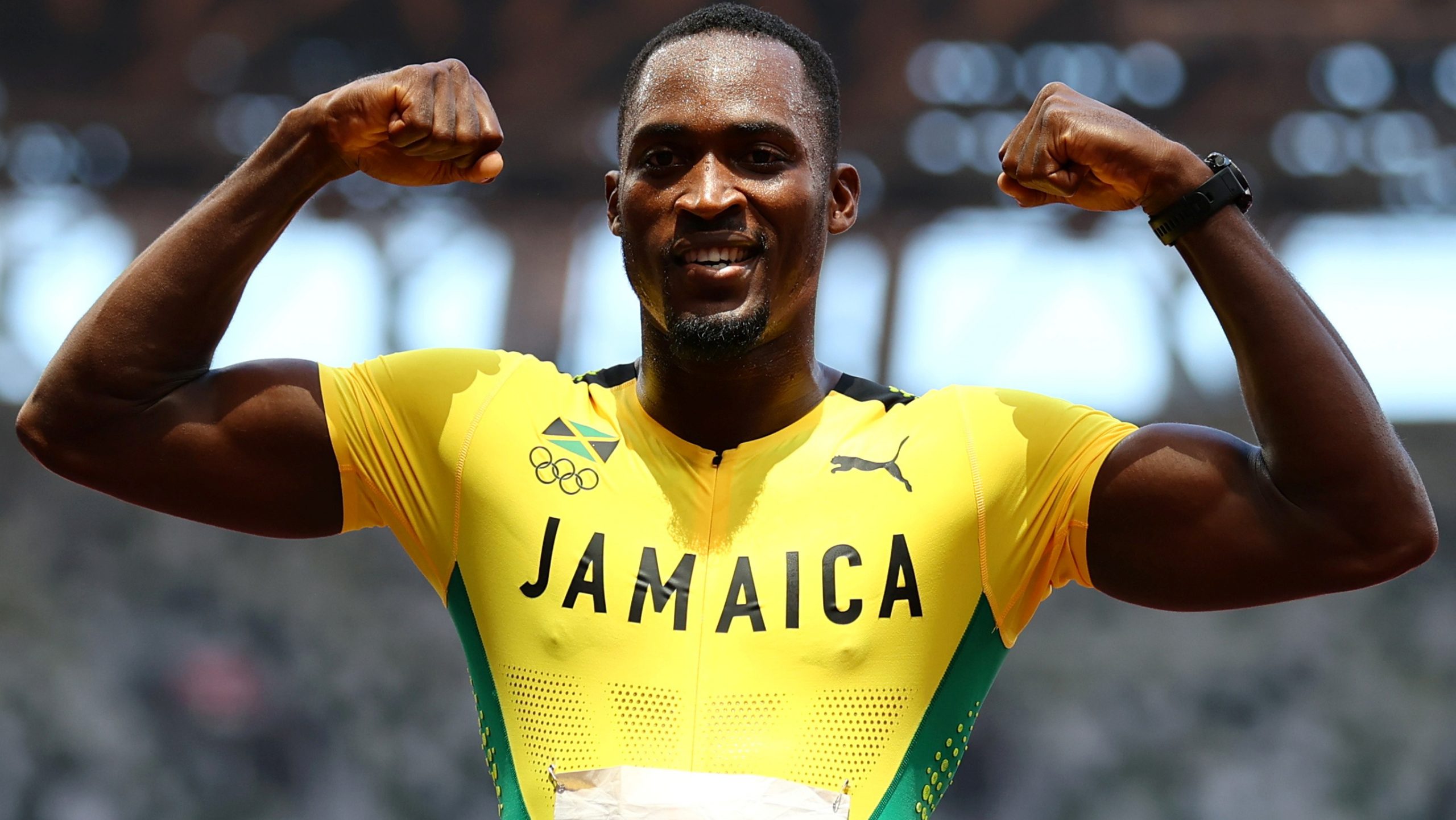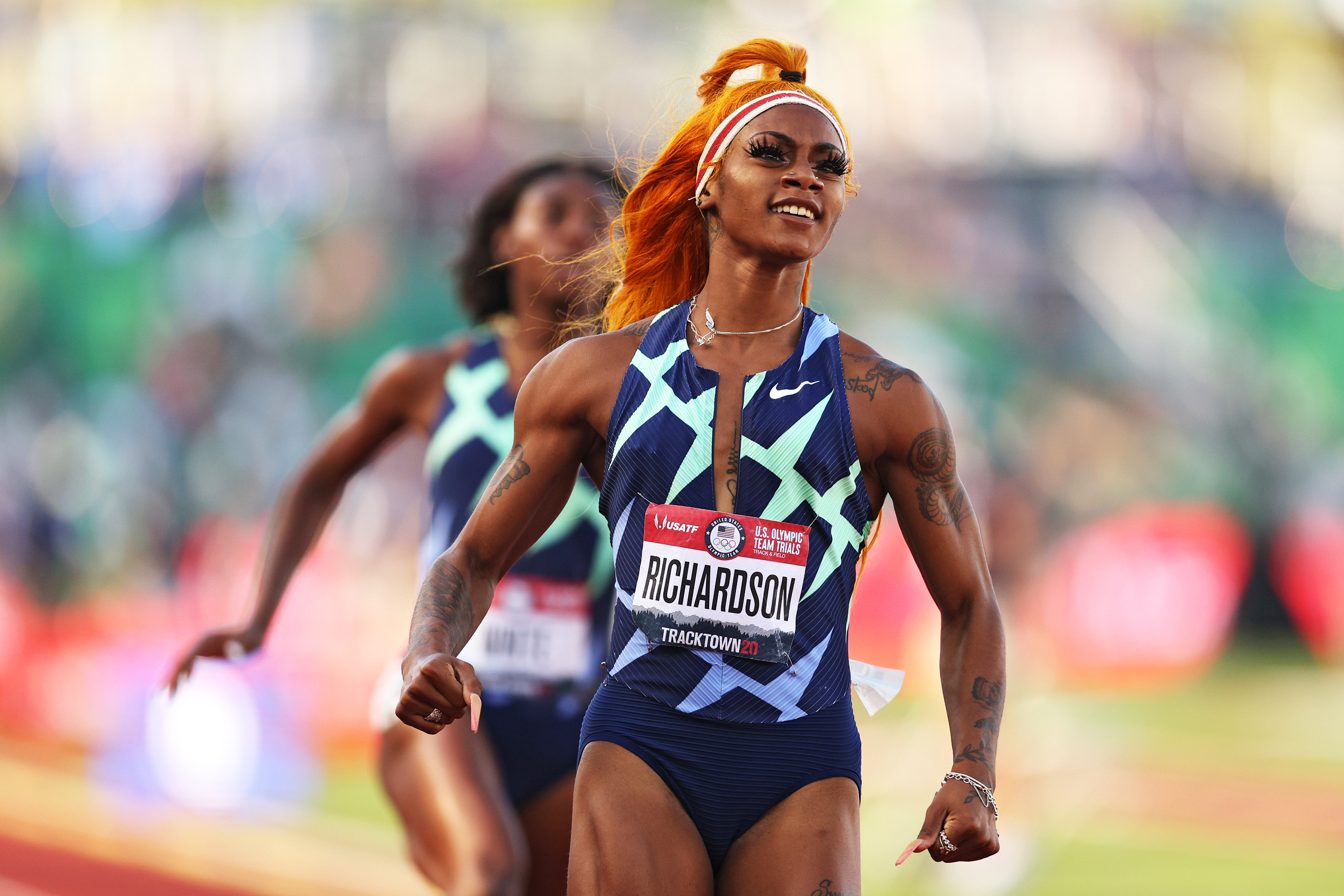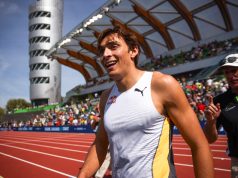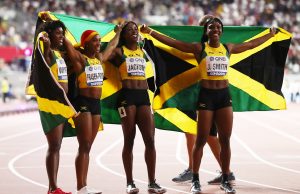James Smith
globalsportconcepts.net
athleteconsulting.net
TrackAlerts.com viewers, it is my great pleasure to contribute to this fantastic site.
As a coach, consultant, and long time track fan I can trace the lineage of my interest in athletics back to early childhood in the late 70s/early 80s. My father, a track man by his own right in the days of cinder tracks and the 220 on the straight away, was keen to educate me on sprinting mechanics. So even as a young kid I was able to deepen my appreciation of athletics because I knew something about what it took to perform well as a sprinter.
As a viewer of TrackAlerts.com I appreciate the efforts taken to share the news and results of the track athletes hailing from the Caribbean nations. What a prideful experience it must be for those of you who call those regions home that are host to some of the finest track athletes in the world.
In life, as we all know, the road to success merely begins with talent that we inherit from our parents. We must then couple that talent with motivation and resource. I know that many coaches from around the world envy the sport culture, in Jamaica for example, in which athletics (particularly sprinting) is one of the most popular sports in the nation. Talent combined with a strong will to train and compete is a difficult combination to overcome.
As track fans I've taken it for granted that, like me, you're enjoyment of the sport will be enhanced by deepening your understanding of the 'how' behind what you see the athletes doing on the track.
Track is globally popular for similar reasons as football, not American football, in that both sports are readily understood and easy to comprehend by anyone upon initial viewing. What distinguishes T&F from so many other sports is the fact that the competition results, particularly in the track events, are so heavily weighed on physical ability.
In this maiden voyage of Sprint Training 101 we'll discuss one of the crowd favorites- the 100m event.
The first thing to point out is that males and females face different challenges; despite the fact that they both have 100meters to cover in the race.
Males are capable of generating greater power outputs. As a result, elite males are able to accelerate over a longer distance than elite females.
The muscles of the body are able to contract on the basis of one of three energy systems; short term, medium term, and long term. While all three are constantly participating in our muscle activity at all times, at any given time there will usually be one that serves as the primary energy source for muscle contraction.
The energy source that serves the primary role, at any given time, does so according to the nature of the physical demands we are faced with in that moment.
When the sprinter is accelerating the acceleration is primarily a function of the short term energy system. This particular system does not create lactic acid as a byproduct. This energy system is recognized as the anaerobic-alactic system. [An] aerobic means without oxygen and [a]lactic means without lactic acid. This system is the primary system in charge of the shortest duration and most explosive actions. So the throws, jumps, and indoor 60m events are almost entirely dependent upon the anaerobic-alactic system.
The 100m is forty meters longer than the 60m, however, and we all know that the sprinter can't accelerate forever. Even Usain Bolt stops accelerating around the 70m mark. So when the sprinter stops accelerating he or she still has try and maintain as much of that speed as possible through the finish line. The point at which the sprinter reaches their maximum velocity, and ceases to accelerate, is sometimes referred to as the alactic threshold.
At this time the primary energy system at work begins to shift to one that does, in fact, produce lactic acid as a byproduct- the medium term system. This energy system is recognized as the anaerobic-lactic system. At this point, lactic acid is a factor.
When the accumulation of lactate in the blood begins to reach higher and higher concentrations, associated process, that won't interest you much, generate the burning feeling in the muscles and make it more difficult for the muscles to contract at the same velocity.
As a result, the athlete who can accelerate longer in the 100m has less distance/time to deal with the challenge of increasing concentrations of blood lactate; and the associated pain inducing and performance inhibiting processes. The ability associated with this part of the race is known as speed endurance.
The athlete reacts to the gun/starts, accelerates, reaches maximum velocity (top speed), then attempts to sustain that speed as best as possible until they reach the finish line. What's important to realize is that after the sprinter reaches top speed in the 100m they begin to slow down (decelerate). The actual rate at which they slow down is dependent upon their speed endurance.
So ironically, when we see Usain Bolt or Shelly- Ann Fraser- Pryce pulling away from their competitors as they approach the finish line, we are not seeing a “5th gear” or an increase in speed. What we are seeing is Bolt or Fraser-Pryce slowing down at a rate that is less then their opponents. Of course it's also useful that they are both typically falling from a higher top speed.
When both athletes are in top form they accelerate faster, reach a higher top speed (although Fraser-Pryce did not have the highest top speed in her championship race in Berlin in 2009), and slow down slower then their competitors. In Bolt's case, when he is in top form he accelerates faster, and hits such a high top speed so close to the finish line, that the margin of deceleration is very small.
The elite women face a more difficult physical challenge than the men, however.
As the women are not capable of accelerating over as long a distance as the men, the point at which the women enter the zone of speed endurance is farther from the finish line. Case in point is Fraser-Pryce's Berlin Championship performance of 10.73. Countrywomen Kerron Stewart hit a higher top speed in the race; however, Stewart finished 2nd (albeit with a personal best) in 10.75.
Someone might ask: how can a 100m sprinter hit a higher top speed and not win the race? The answer lies in the other considerations: reaction time/start, acceleration, and speed endurance. In the case of that specific race, the only reason why Fraser-Pryce defeated Stewart is because she had a faster reaction time and her initial acceleration to 40m was faster.
Fraser-Pryce had a reaction time of .146 and Stewart's reaction time was .170. Other than that, Stewart had faster splits from 40-60m, 60-80m, and 80-100m. So in this case, Stewart's top speed and speed endurance where superior to Fraser-Pryce; however, it was to no avail as the race was lost at the start.
This poses interesting implications on the training and should clarify how important it is for a 100m sprinter to put together the perfect race in order to secure victory.
As the imminent start of the senior outdoor track season is upon us, maybe you'll look at the 100m event from a different perspective.









